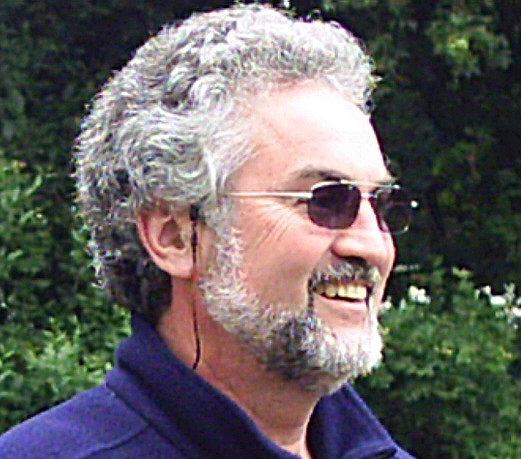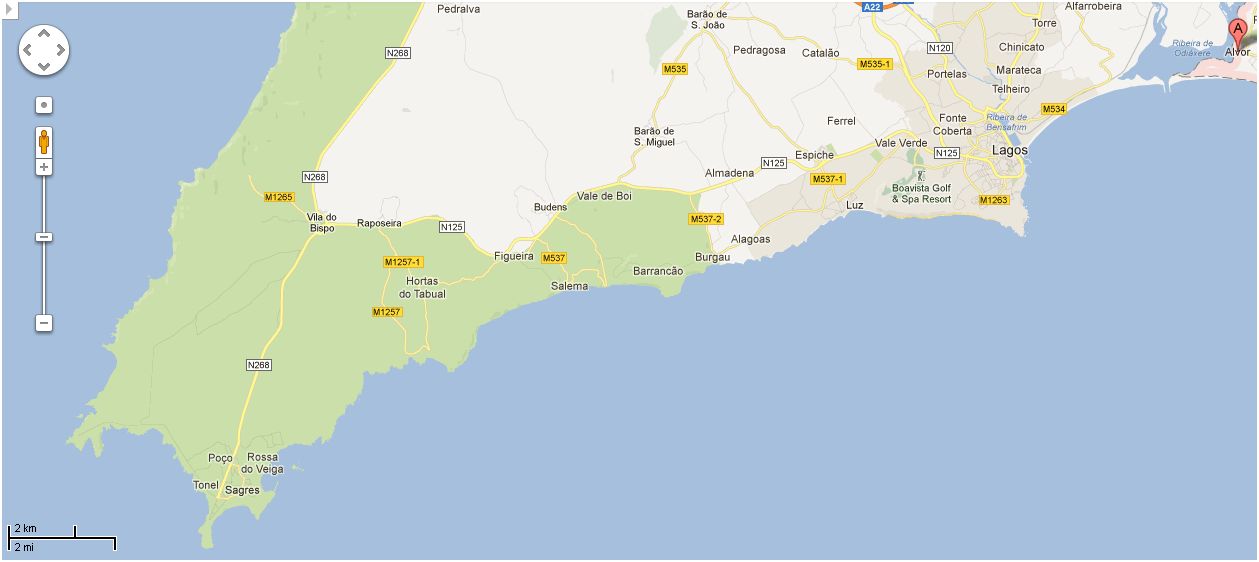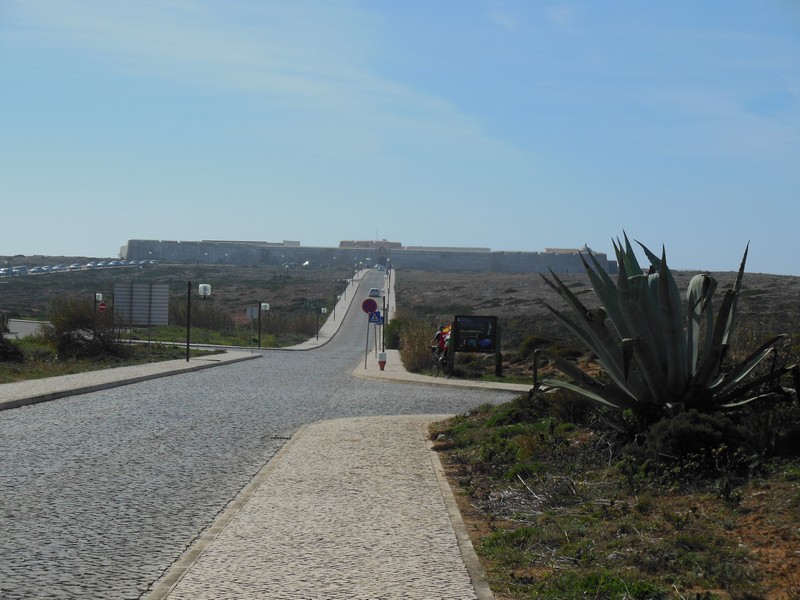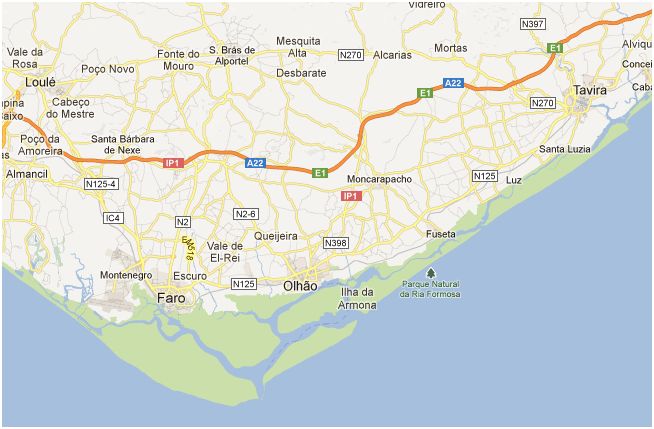|
One might expect a building to be here, but instead, it is just a fortress wall that extends from one side of the peninsula to the other. With cliffs over 100 feet on either side and all the way around the peninsula, there would be no way for enemies to get into the protected area behind the wall.
When I told the local people we were riding to Sagres Point, they chuckled and said something like. “Então, você quer ir a o babaca do mundo.” I didn’t understand until later why they were chuckling. If you want to know what they said, check it out in the google translator.
From Wikipedia: Sagres Sagres is a town located in the municipality of Vila do Bispo, Algarve, Portugal. It has a surface of 34,28 km² and a population of 1,939 (in 2001). Sagres Point, historically connected to the Portuguese Age of Discovery, is located there. Prince Henry the Navigator (1394–1460) lived and died in Sagres.
|
|
|
I love the city of Lagos. Of all the cities on the Algarve, Lagos has character that is largely unspoiled by tourism. It is an old walled city with many small streets and restaurants and pubs frequented by local inhabitants.
The statue of King Sebastian on the right in the town square of Lagos looks more like a space man than a conqueror, but this is the king of Portugal who was honored more than any other.The story of King Sebastian is a long, but interesting one.
(From Wikipedia) Sebastian I (Portuguese: Sebastião 20 January 1554 - 4 August 1578) was King of Portugal and the Algarves from 11 June 1557 to 4 August 1578 and the penultimate Portuguese monarch of the House of Aviz.
He was the son of John Manuel, Prince of Portugal, and his wife, Joanna of Austria. He was the grandson of King John III of Portugal and Holy Roman Emperor Charles V. Sebastian I is often referred to as The Desired (o Desejado), for the Portuguese people longed for his return, to end the decline of Portugal that had occurred because of his death.
Sebastian was born heir-apparent to the throne of Portugal, since his birth occurred two weeks after the death of his father. He succeeded to the throne at the age of three, on the death of King John III, his paternal grandfather.
Sebastian was a bright and lively boy. Reports say he was fearless due to having "so much strength". Tall, slim, and blond, he was brought up by his grandmother, Catherine, a domineering woman who exercised firm control over her weaker-willed grandson. Later in life, however, he became obstinate and impulsive.
During Sebastian's short personal reign, through diplomatic efforts, he strengthened ties with Germany, England and France. He also restructured much of the administrative, judicial and military life in his kingdom. In 1568, Sebastian created scholarships to help financially the students who wished to take medicine or pharmacy in the University of Coimbra.
The mathematician and cosmographer Pedro Nunes was appointed by Sebastian as a cosmography teacher for sea pilots. The number of shipwrecks decreased and almost every single ship arrived in port during the whole of Sebastian's reign.
When Abu Abdallah Mohammed II Saadi of Morocco lost his throne in 1576 and fled to Portugal, he asked for King Sebastian's help in defeating his Turkish-backed uncle and rival, Abu Marwan Abd al-Malik I Saadi. Despite having no son and heir, King Sebastian in 1578 embarked on his crusade. The Portuguese army of 17,000 men, including a significant number of foreign mercenaries (hired from the Holy Roman Empire, the Netherlands, Spain, and the Italian States), and almost all of the country's nobility, sailed at the beginning of June from Lisbon, visited Cadiz, where they expected to find the Spanish volunteers, who failed to appear, then crossed into Morocco.
At Arzila, Sebastian joined his ally Abu Abdullah Mohammed II, who had around
6,000 Moorish soldiers and, against the advice of his commanders, marched into the interior. At the Battle of Alcácer Quibir (Battle of the Three Kings), the Portuguese army was routed by Abd Al-Malik at the head of more than 60,000 men.
Sebastian was almost certainly killed in battle. He was last seen riding headlong into the enemy lines. Whether his body was ever found is uncertain, but Philip II of Spain claimed to have received his remains from Morocco and buried them in the Jerónimos Monastery in Belém, Lisbon, after he ascended to the Portuguese throne in 1580, but the body could not be identified as Sebastian, which left people unconvinced of his death.
Several soldiers returned to Portugal, which, added to uncertainty over Sebastian's fate, led many Portuguese to believe Sebastian had survived the battle and would return to claim his throne. This led to Sebastianism: the belief that Sebastian could return at any moment.
During the time of the Iberian Union, between 1580 and 1640, four different pretenders claimed to be the returned King Sebastian; the last of these pretenders, who was in fact an Italian, was hanged in 1619.
In the long term, it led to the development of myths and legends concerning Sebastian, the principal one being that he was a great Portuguese patriot, the "sleeping king" who would return to help Portugal in its darkest hour. He would then be known by symbolic names: O Encoberto (The Hidden One) who would return on a foggy morning to save Portugal; or as O Desejado (The Desired One).
The legend was vigorously promoted through the massive circulation of popular rhymes (trovas) written by António Gonçalves de Bandarra. Even as late as the 19th century, Sebastianist peasants in the Brazilian sertão known as canudos, believed that the king would return to help them in their rebellion against the "godless" Brazilian republic.
|
|







